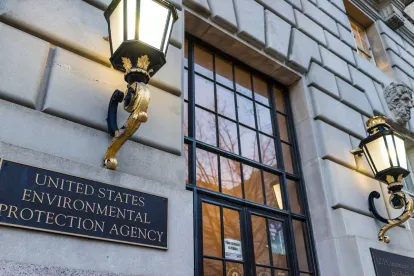On October 11, 2022, the U.S. Chemical Safety Board (CSB) released its final investigative report into “a massive fire and explosions” at the Philadelphia Energy Solutions Refinery in Philadelphia, Pennsylvania, that occurred in June 2019. According to CSB, the incident occurred when a corroded pipe elbow ruptured, releasing process fluid into the refinery’s hydrofluoric acid (HF) alkylation unit. CSB states that over 5,000 pounds of “highly toxic” HF were released, “a 38,000-pound vessel fragment launched off-site and landed on the other side of the Schuylkill River, and an estimated property damage loss of $750 million resulted.”
In its final report, CSB notes that the U.S. Environmental Protection Agency (EPA) has not yet prioritized HF or performed a risk evaluation of HF under the Toxic Substances Control Act (TSCA), as amended by the Frank R. Lautenberg Chemical Safety for the 21st Century Act. According to CSB, HF “is one of the eight most hazardous chemicals regulated by the EPA Risk Management Program (RMP).” CSB states that it concludes that EPA should initiate prioritization to evaluate whether HF is a high-priority substance for risk evaluation under TSCA. If HF is determined to be a high-priority substance, EPA should conduct a risk evaluation of HF and implement any identified corrective actions, as required by TSCA. CSB “recommends to EPA to take such action.”
Commentary
While we agree that HF is a highly hazardous substance that warrants prioritization for review under Section 6 of TSCA, it is not clear how a TSCA risk evaluation will address the risks related to accidents, such as the one that was the subject of this CSB investigation. Congress clearly stated that “reasonably foreseen” conditions of use exclude misuse of a chemical substance. CSB concluded that the facility had failed to meet its obligations under the Occupational Safety and Health Administration (OSHA) and other EPA regulations, and the accident was the result of the failure of a section of pipe that was decades old. We would argue that such a failure was a misuse of HF. As a result, we would expect a TSCA risk evaluation to conclude that as long as appropriate engineering controls are used to prevent worker exposure and prevent releases to the neighboring communities under the intended and reasonably foreseen conditions of use, there is not an unreasonable risk. EPA’s review might lead to the imposition of a lower workplace exposure limit (than the OSHA permissible exposure limit (PEL)) and might lead to a lower Hazardous Air Pollutant standard under the Clean Air Act. Neither of these protective measures would have prevented the accident. Others may argue that an accidental release is reasonably foreseen (after all, it did happen), but, in our view, this accident was the result of misuse, so it is outside the definition of reasonably foreseen conditions of use.





 />i
/>i
